$84.97 Original price was: $84.97.$59.48Current price is: $59.48.
SKU: D2LSC 0698102998 Categories: Camellias, SHRUBS & BUSHES
- Get Quality, Get More
- Sustainable materials, for a better tomorrow.
- 100% High-Quality Guarantee
- Peace of Mind with Every Purchase

Tomorrow Camellia
Camellia japonica ‘Tomorrow’
Plant Details
USDA Plant Hardiness Zones: 7a-10b Find Your Zone
Plant Type: Evergreen Flowering Shrub
Species: Japonica (Winter, Spring blooming)
Height at Maturity: 8-12′ depending on pruning
Width at Maturity: 6-8′ depending on pruning
Spacing: 5′ for solid hedges; 10’+ for space between plants
Flower Color: Red or Pink shades, many variations, some variegated
Flower Size: Large, 4-5″
Flowering Period: Late Winter, Early Spring
Flower Type: Fully Double to Peony or Semi-Double
Fragrant Flowers:
Foliage Color: Dark Green
Fragrant Foliage: No
Berries: No
Berry Color: NA
Sun Needs: Morning Sun with Afternoon Shade or Filtered Sun, All Day Filtered Sun
Water Needs: Average, Lower when established
Soil Type: Clay (amend heavy clay soil to ensure good drainage), Loam, Sand, Silt
Soil Moisture / Drainage: Moist But Well Drained
Soil pH: 5.0 – 6.5 (Acid)
Maintenance / Care: Low
Attracts: Visual Attention
Resistances: Deer, Drought (when established), Heat, Humidity
Intolerances: Direct Afternoon Sun, Constantly Soggy Soil
Description
I you like surprises that will keep you looking forward to tomorrow, meet ‘Tomorrow’, a late winter to spring blooming Camellia that year-after-year will have you wondering what it will bring tomorrow when in bloom. David Parks, who discovered this beauty, has named 7 sports from his stock plant over the years…and there may be more to come! Though it is often listed as a formal double, it can produce sports that are semi-double or peony to anemone, some with variegation and some not. The flowers are perfect for cutting and use in indoor flower arrangements or float just one in a bowl of water. This upright beauty has a mature height of around 10 to 12 feet and spread of 6 to 8 feet wide, making it fine choice as a specimen shrub or hedge, or as she grows lower branches can be removed to a desired height to form a highly attractive small evergreen tree.
Landscape & Garden Uses
Growing 10 to 12 feet tall and 6 to 8 feet wide, Tomorrow Camellia can be grown as a large shrub or small tree. As a shrub it is ideal for use as a specimen, in groupings, or as a hedge or background plant in partially shaded landscape borders and is especially nice as a corner plant or espalier (trained to grow flat against a wall) in home foundation plantings. As this camellia grows taller, lower branches can be removed to form a small evergreen tree that serves well as an attractive and colorful focal point specimen in landscape borders and home foundation plantings. A fine addition to camellia gardens, Asian gardens, cottage gardens, cut flower gardens and in woodland gardens and borders.
Suggested Spacing: 5 feet apart for solid hedge; 10 feet or more apart for space between plants
Growing Preferences
Camellia adapt well to various soil types however prefer a moist but well-drained acidic soil that is rich in organic matter. Constantly soggy soil is a slow killer. In general, Camellia grows and blooms better in partial shade with some shelter from the hot afternoon sun. Morning sun with afternoon shade or filtered sunlight is perfect. All-day filtered sun is fine.
Helpful Articles
Click on a link below to find helpful advice from our experts on how to plant and care for Camellias.
Planting Camellias
Pruning Camellias
How To Fertilize & Water Camellias
How To Espalier Plants & Trees
*Espalier (pronounced: ih-spal-yay) …an ornamental shrub or tree that has been trained to grow flat against a wall, fence, or other vertical, flat surface.
Plant Long & Prosper!
Meet The Wilson Brothers & Staff
Questions? Contact Us
Be the first to review “Tomorrow Camellia – 3 Gallon Pot” Cancel reply
Related products
Sale!
Sale!
Sale!
Camellias
Sale!
Camellias
Sale!
Sale!
SHRUBS & BUSHES
Sale!
SHRUBS & BUSHES
Sale!
SHRUBS & BUSHES

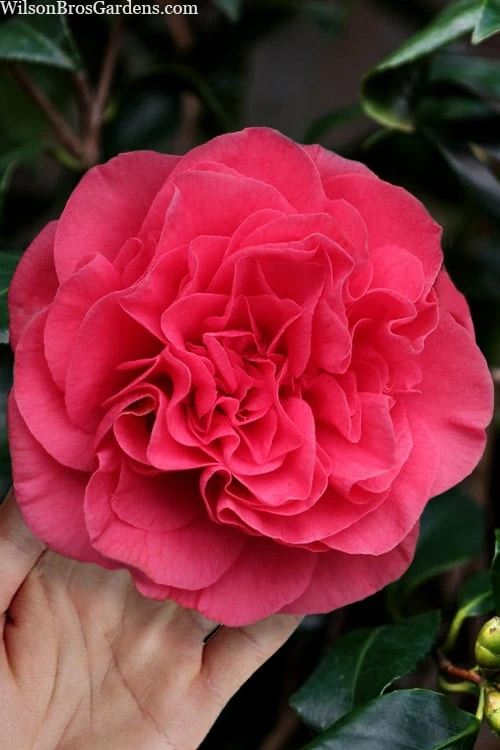
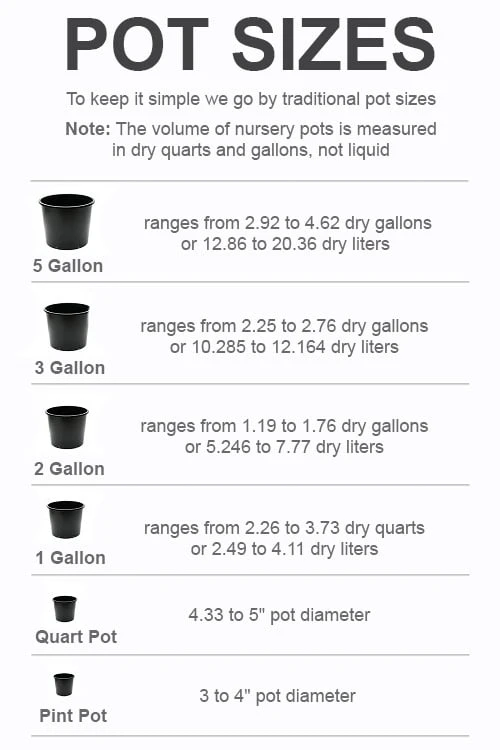








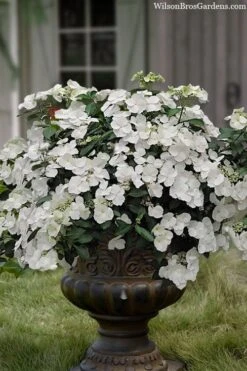
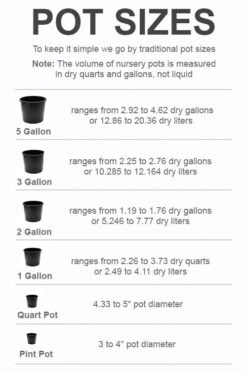
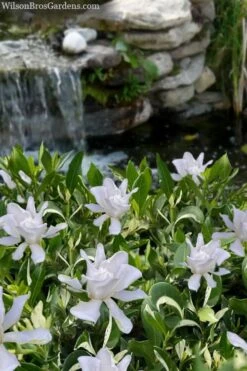


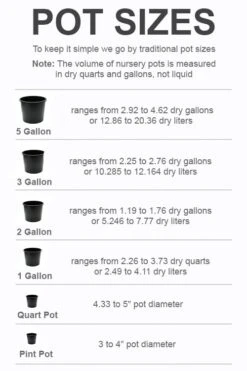

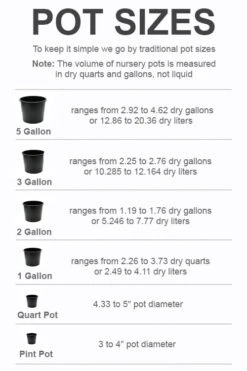


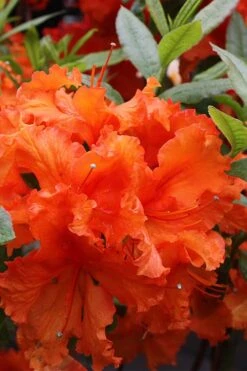
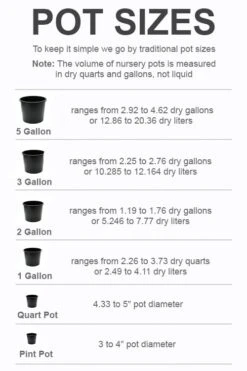



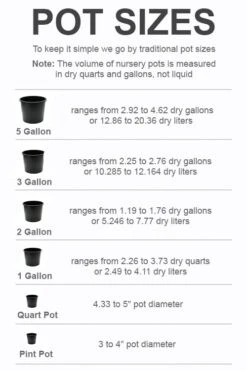
Reviews
There are no reviews yet.